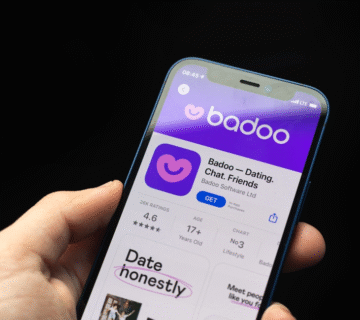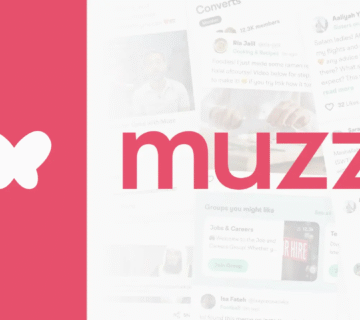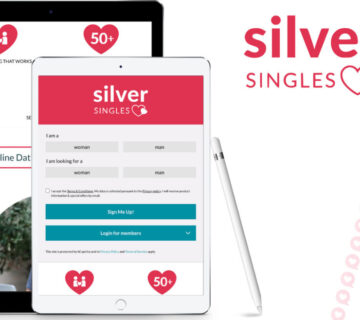Are you wondering what happened to eHarmony.com dating? In the rapidly evolving online dating world, with countless apps vying for attention, eHarmony.com—once the gold standard of serious matchmaking—has navigated change, critique, innovation, and even controversy.
eHarmony.com: From Industry Trailblazer to Modern Platform
Launched in 2000, eHarmony.com pioneered algorithm-based matchmaking, targeting mature, relationship-seeking adults tired of “casual swipe” culture. Founded by Dr. Neil Clark Warren, its signature Compatibility Quiz and focus on long-term relationships set it apart from competitors early on.
The Early Years: Premium Experience, Real-World Results
-
Massive, in-depth questionnaires (400+ questions originally)
-
Strict recruitment, rejecting applicants who weren’t serious
-
Reputation for producing real, lasting marriages—at one point claiming as much as 4% of all US marriages originated on eHarmony
The Changing Landscape: Challenges, Competitors, and Controversy
1. App Competition and Swiping Culture
Over the past decade, swipe-based apps like Tinder, Bumble, and Hinge changed the game:
-
Casual, low-commitment experiences overtook in-depth sites like eHarmony and Match
-
Younger users flocked to more visual, fast-paced options
2. eHarmony’s Response: Evolution, But Not Abandonment
eHarmony adapted by:
-
Shortening its signature quiz from 400+ to 70–150 questions, making initial sign-up less of a barrier
-
Adding a mobile app, improved photo features, and new user interface options
-
Introducing same-sex matching directly on eHarmony.com, having phased out its separate “Compatible Partners” site
-
Launching “Free Communication” weekends to entice new sign-ups and increase activity
3. Recent Legal and Marketing Controversies
eHarmony faced scrutiny over its:
-
Auto-renewal and subscription traps—especially outside the US. In 2023, the Australian Competition & Consumer Commission (ACCC) brought action against eHarmony for “misleading conduct,” including claims that features were available to Basic members when in fact, you needed to pay, and for allegedly making it difficult to cancel subscriptions. Some users found themselves auto-enrolled in costly plans they thought would not renew.
-
Advertising Claims: eHarmony’s boast of “scientifically proven” matchmaking was challenged and, in some regions, retracted after regulatory review. The Advertising Standards Authority (ASA) in the UK found such claims unsubstantiated and prohibited their use in eHarmony’s marketing.
Bottom line: The product has become more user-friendly and inclusive, but it’s crucial to read the fine print on subscription terms.
eHarmony.com in 2025: What’s Working, What’s Not?
Current State of the Platform
1. Focus, Reputation & User Base
-
Still targets singles seeking long-term, committed relationships, not casual hookups
-
Demographics skew older (30s–60s), with more even gender balance than most dating platforms
-
Continued investment in safety, curation, and reducing scam/fake profiles
2. Subscription Structure
-
Free sign-up gives limited browsing. Messaging, photo access, and match details remain paywalled
-
Pricier than many competitors, but this keeps user intent higher and spam lower
3. Matching & User Experience
-
You can no longer scroll through a giant pool of singles at will; instead, you receive curated matches based on the compatibility algorithm
-
Profiles are detailed. The quiz is shorter but still in-depth compared to swipe apps
-
Messaging and in-depth communication tools are only available to paid users
4. Inclusivity & Diversity
-
Full LGBTQ+ support: same-sex matchmaking is now a core feature (after years of external legal pressure and evolving norms)
-
Broader age and background diversity thanks to changes in marketing and a push for mainstream appeal
5. User Complaints & Praise
-
Positives: Many report real relationships, reduced fake profiles, and thoughtful matches
-
Negatives: Complaints persist around auto-renewal snafus, difficulty cancelling, and feeling “trapped” by subscription terms
-
Some users find activity slow compared to swipe apps; others cherish the “slower,” more intentional process
Has eHarmony.com Lost Its Touch?
Not at all, if you want a serious relationship.
-
eHarmony remains highly ranked among the best dating sites for marriage and commitment, as noted in major reviews and expert roundups.
-
The platform’s slower, more intentional approach is exactly why many mature singles still choose it in 2025.
However:
-
Those seeking casual dates or instant matches may find it too slow, expensive, or restrictive.
-
Subscription traps are real: always disable auto-renewal if you’re done, and don’t expect every feature to be unlocked for free.
Key Milestones and Controversies, 2010s–2025
-
2019: Ended separate Compatible Partners site; LGBTQ+ dating directly on eHarmony.com
-
2021: Major ad campaign featuring same-sex couples, broadening appeal
-
2023–2025: Regulatory actions and negative press in Australia and elsewhere due to misleading advertising, auto-renewal complaints, and “subscription traps”
-
Algorithm & App Updates: Modernized quiz, improved app interface, new privacy options
FAQ: eHarmony.com Dating in 2025
Q: Is eHarmony.com still active and worth using?
A: Yes, especially for serious relationship-seekers. It continues to attract singles in their 30s and up who are commitment-focused.
Q: What’s different about eHarmony now?
A: The quiz is shorter, the platform is more inclusive, and curated matches are emphasized. Watch out for subscription renewal terms!
Q: Are there still auto-renewal or cancellation issues?
A: Some users report difficult cancellation and unwanted renewals; always check your account settings and use official support channels if needed.
Q: Can I use eHarmony for free?
A: You can browse basics and take the quiz for free, but full communication is paid, except for rare “Free Communication” events.
Final Take: What’s Happened to eHarmony.com Dating?
In 2025, eHarmony.com remains a major force for relationship-focused dating but has adapted to survive.
-
Faster, casual-first apps shifted the culture, but eHarmony doubled down on curation, compatibility, and authenticity.
-
Regulatory and public scrutiny pushed necessary changes in inclusivity and honesty in advertising.
-
While not perfect—and more complex to cancel—a large community of sincere, serious daters still call eHarmony home.








[…] Read More: What Happened to eHarmony.com Dating? The Definitive, Human-Written 2025 SEO Guide […]